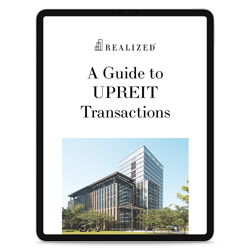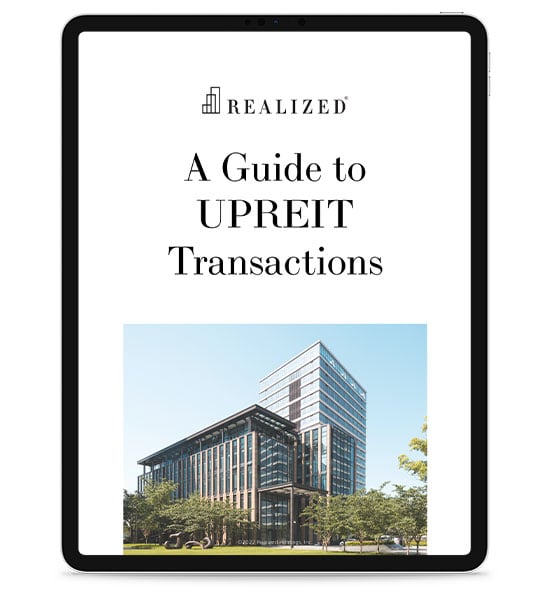
Stocks can get very volatile, which can impact investors emotionally. This is understandable, as volatility can be difficult to deal with, even temporarily. However, we can never really know when volatility may end.
Volatility in the real estate space doesn’t track stock market volatility consistently. It is generally lower. This may be due to lower liquidity in real estate. Let’s look at how volatility affects non-listed and publicly listed REITs.
Non-Listed REITs
Non-listed REITs are not listed on a national public exchange. Investors must seek out non-listed REITs through other means. This might be through web searches, word of mouth, or advertisements by REIT sponsors.
Unlike a stock on a public exchange, a non-listed REIT doesn’t display its price continuously. Instead, the price is made available to investors periodically, whether daily, monthly, quarterly, or annually.
Price isn’t the right word to use for a non-listed REIT. What’s referred to as price is called a NAV (net asset value). The NAV is based on property values held within the REIT. These property values are derived from independent appraisals on each underlying property.
Because the NAV is not updated throughout the day, there is less volatility. The more often a price is made available, the more volatile it can become. As REIT NAVs aren’t published frequently, they are less susceptible to high volatility.
Publicly-Listed REITs
Publicly-listed REITs trade on national exchanges with stocks and ETFs. To find the price of a publicly-listed REIT, all one has to do is query it. The price is available at any time during the day.
Many publicly-listed REITs also have a NAV. However, being on an exchange means the REIT can be traded at any time and a discount or premium to the NAV.
Exchange-listed REITs are more volatile because their prices are made available continuously throughout the day and are more liquid than non-listed REITs. Investors can trade exchange-listed REITs at any time during exchange trading hours.
If the market begins selling off, REIT holders can simply hit the sell button. This differs from non-listed REITs, where selling your interest can take far more time.
Do public-listed REITs track stock market volatility? They can. But in some cases, REITs can provide shelter from stock market volatility. One example Nareit (National Association of Real Estate Investment Trusts) provided is the Brexit vote in the summer of 2016. Stock volatility spiked, but REIT volatility did not. One explanation given is that Brexit had little impact on U.S. real estate.
Publicly-listed REITs can act as a diversifier of return volatility. Fidelity studied the standard deviation of returns on portfolios with various percentages of REIT concentration. REIT concentration ranged from 10% to 33%, resulting in a Sharpe ratio of 0.34 - 0.49. A higher Sharpe ratio is better.
By comparison, two portfolios with no REITs had Sharpe ratios of 0.27 and 0.17. Note that standard deviation is a measure of volatility.
Volatility does exist in non-listed and publicly-listed REITs. But these two categories of REITs can have a dampening effect on volatility within a portfolio. Of course, there are no guarantees that volatility will decrease by adding REITs. Many factors come into play when diversifying a portfolio with the goal of decreasing volatility.
This material is for general information and educational purposes only. Information is based on data gathered from what we believe are reliable sources. It is not guaranteed as to accuracy, does not purport to be complete and is not intended to be used as a primary basis for investment decisions. It should also not be construed as advice meeting the particular investment needs of any investor.
Hypothetical examples shown are for illustrative purposes only.
Diversification does not guarantee a profit or protect against a loss in a declining market. It is a method used to help manage investment risk.
There are risks associated with REITs and may include but are not limited to the following:
They may be illiquid with no secondary market.
Potential difficulty discerning between routine interest payments and principal repayment.
Redemption price of a REIT may be worth more or less than the original price paid.
Value of the shares in the trust will fluctuate with the portfolio of underlying real estate.
There is no guarantee you will receive any income.
Involves risks such as refinancing in the real estate industry, interest rates, availability of mortgage funds, operating expenses, cost of insurance, lease terminations, potential economic and regulatory changes.
This is neither an offer to sell nor a solicitation or an offer to buy the securities described herein. The offering is made only by the Prospectus.



